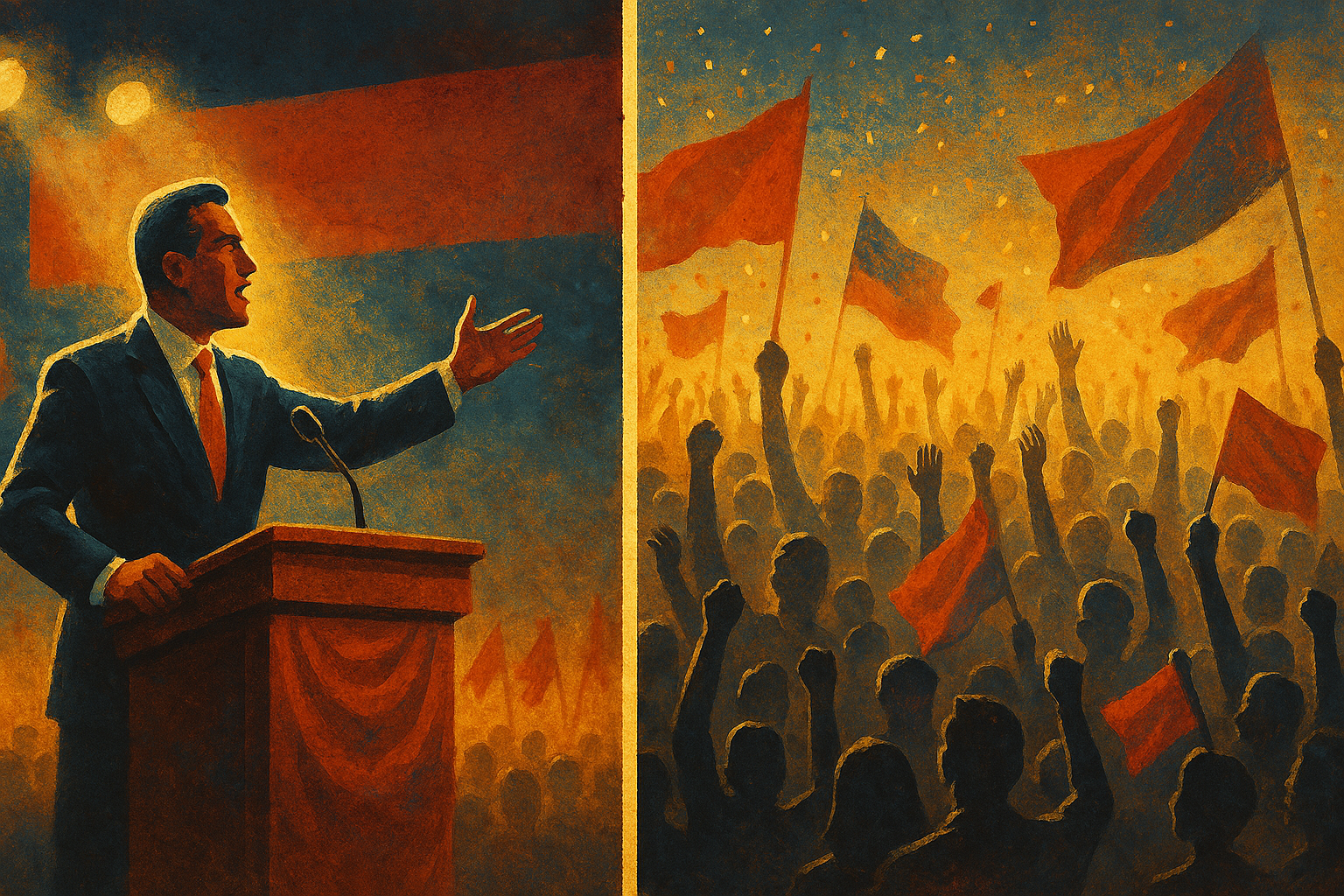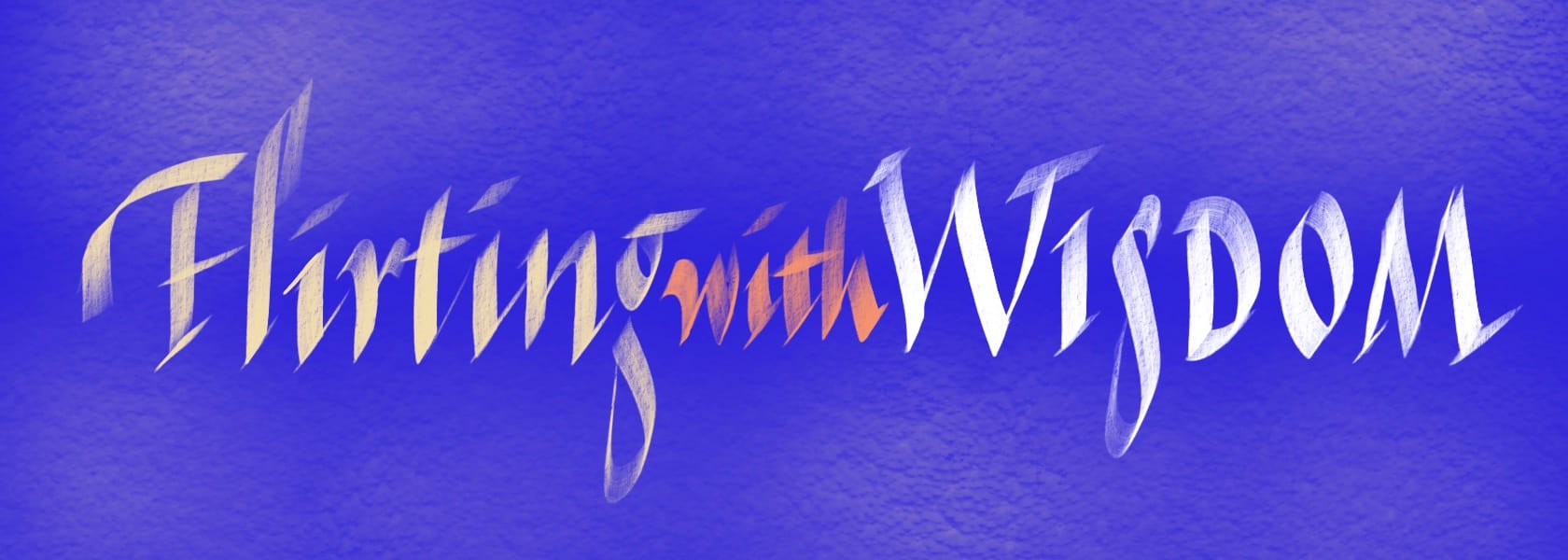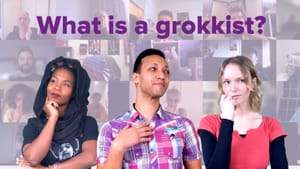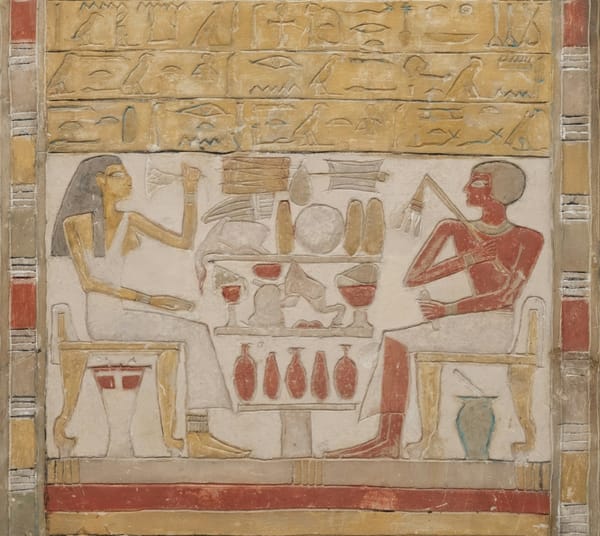My Secondary school was having a fund-raising fair. Donations of things to sell had been pouring in, but the day before the big day there was a problem. The food stalls were under stocked. Our teacher’s parting words were “Ask your mothers to bake a cake, and I expect to see everyone here with one tomorrow.”
Back in the 1970s, no-one suggested that dads might bake cakes, but when a teacher told you to do something, you did it. I went home with his words ringing in my ears, and ready to plead with my mother who, I knew, would not appreciate the assumption that she, a professional woman, could whip up a cake on a whim.
However, my mother was not at home when I arrived, and I was anxious to get onto the golf course. By the evening, I had forgotten all about it.
The next day the hoards descended on the school. We eventually found a parking space some way outside the gates and trudged in with the masses. Many were bearing cakes, and my heart sank. But my mother saw something on a stall and made a beeline for it. As a teenage boy, keen to be rid of parents, I continued on to where we had originally been aiming, somewhere on the other side of the school.
And there I met my teacher. His eyes narrowed. “Ah, Gilderdale. Have you brought a cake?”
I like to think that the panic I felt did not flick across my face. But, without a moment’s hesitation, I turned to look behind me, and then said, “Oh sorry, Sir! My mother is at a stall over the other side of school.”
This was, of course, true. But it was the first time I realised that you could use the truth to deceive.
That was the first time I realised you could tell the truth — and still deceive.
The teacher was left with the impression that my mother was in possession of a cake, and I was left both slightly exhilarated and ashamed.
As someone who inhabits a space a little way along the spectrum, I have always found that honesty and the truth constitute my happy place in a world of shifting and unfathomable behaviour.
Until that moment I would have said that the truth was the truth. Except now it wasn’t. Something, it appeared, can be true but not the Truth.
Propaganda uses this principle to good effect. Shot 1: the great leader speaking at a rally. Shot 2: a crowd of thousands cheering.

It seems straightforward enough. The great leader is attracting huge crowds. But do you know whether the two shots were taken at the same time? The two individual shots might both be true, but they can add up to a lie when viewers fill in the gap between them.
If we are provided with two pieces of evidence, we simply cannot avoid trying to create a coherent relationship between them. Comic books rely on this propensity too. It’s how you create a seamless narrative out of disconnected frames.
The technical term for this process is ‘closure’.
When given two pieces of evidence, we can’t help but create a coherent link between them. The technical term for this is ‘closure’.
Our love of ‘closing’ the gaps also explains why it is possible to read two opinion pieces, both arguing completely different cases, and be convinced by both. Each creates an argument by stitching together pieces of evidence in a particular sequence. That evidence is always coherent and plausible. It wouldn’t get published if it wasn’t. But what has been left out? What are the gaps in the evidence that the argument papers over?
These omissions are likely not deliberate. It’s just that each writer has a take on the world, and what seems trivial to them may be important to someone else.
Our truths can be true, and yet radically different to other people’s truths. I don’t think I need to spell out how this relates to today’s world. You wouldn’t be reading this if you weren’t able to make such connections. All I will say is that my early experience has made me very aware of the need to check truth claims and to look for the gaps between what is being said and what is understood.
While my manipulation of the truth on that one occasion was intentional, I suspect that many people who do this are not even conscious of it. Hence, when I encounter people making truth claims that I don’t agree with, my default position is that they are likely functioning in good faith but using different fragments of the truth (however you wish to define it) from me.
I may revise my opinion later on, but I choose to begin by assuming that people are well-intentioned.
Manipulation can be done in very sophisticated ways, but a lot of it, like mine, is pretty spontaneous and unsophisticated and, in reality, we can see through it if we know what to look for.
I’m pretty sure my teacher knew perfectly well what I was doing. As I turned away, I thought I saw a slight smile on his face. My guess is that he appreciated my quick thinking and opted to let me get away with it. Either way, I learned my lesson.

Each vignette invites readers to embrace the beauty of unfinished thinking and the art of holding life’s ongoing questions.











Member discussion